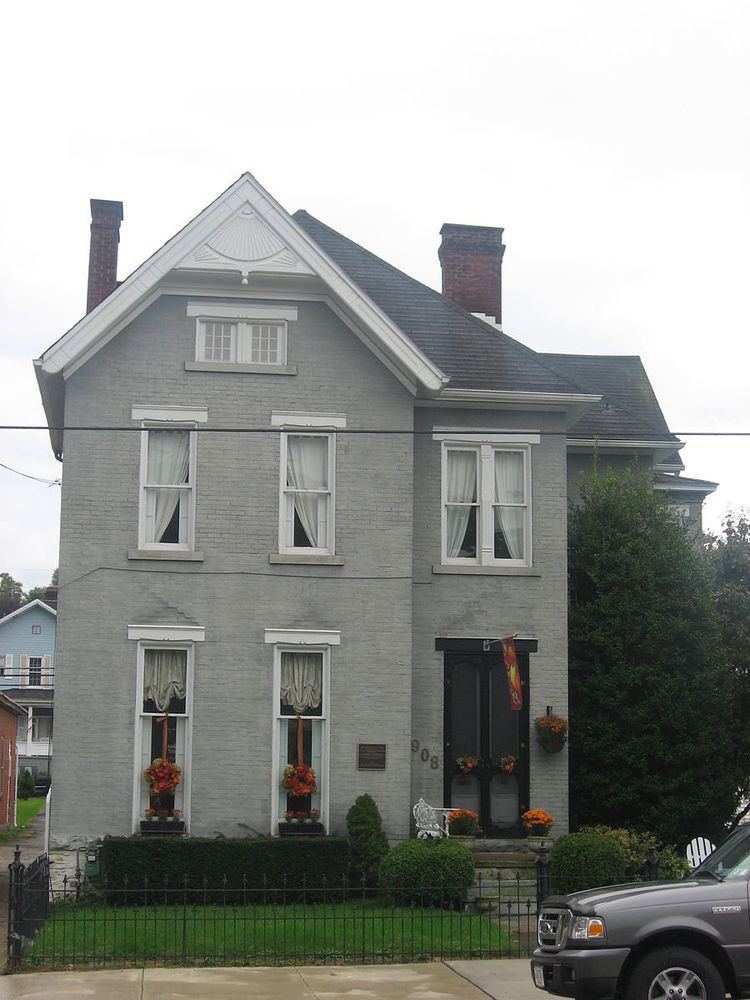Area less than one acre NRHP Reference # 76001679 Designated PHMC August 01, 1953 Added to NRHP 11 May 1976 | Built 1890 Designated NHL May 11, 1976 Opened 1890 | |
 | ||
Address 908 W Main St, Monongahela, PA 15063, USA Similar Allegheny‑Kiski Valley Heritage, Depreciation Lands Museum, Wells Inn, Glamorgan Castle, Doak‑Little House | ||
The Edward G. Acheson House at 908 Main St. in Monongahela, Washington County, Pennsylvania in the United States, was the home of the inventor of carborundum and the likely site of its invention.
The house
A vernacular building with little or no architectural significance, it is a two and a half story brick house built simply and solidly, probably in the 1870s. Between 1890 and 1895 the house was the home of inventor Edward G. Acheson (1856–1931). In 1891, he conducted experiments that led to his invention of carborundum, his name for silicon carbide, probably in a summer kitchen attached to the back of the house.
A mixture of clay and powdered coke, fused by means of an electric current, Carborundum was then—and for fifty years remained—the hardest known artificial substance in the world. It has been used in countless industrial processes, primarily as an abrasive, over the years. Acheson's achievements are all the more remarkable in that he was self-educated and worked independently."
In 1953, the Pennsylvania Historical and Museum Commission installed a historical marker outside the house, noting the historic importance of Acheson's achievements. It was declared a National Historic Landmark in 1976. It is designated as a historic residential landmark/farmstead by the Washington County History & Landmarks Foundation.
